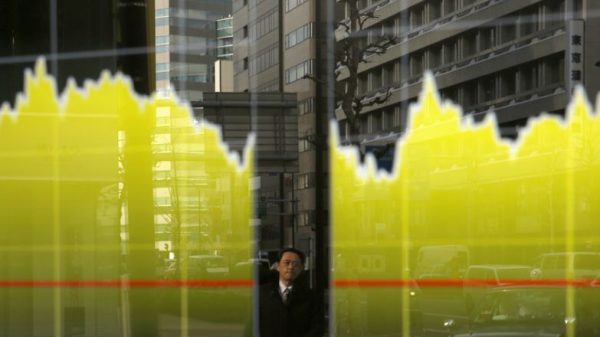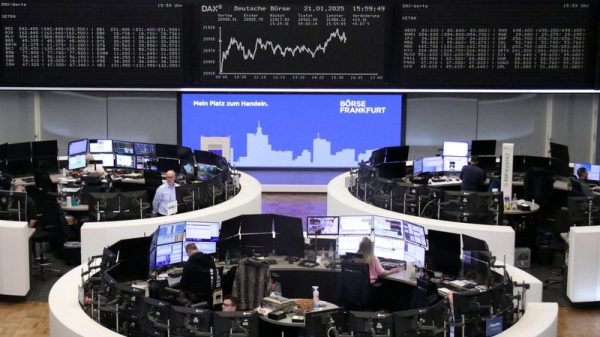In recent months, rising tensions in the South China Sea have posed a significant threat to global shipping lanes.
The South China Sea, a vital trade route, connects some of the world’s largest economies, including China, Japan, and India.
Recent skirmishes between China and its neighbours, such as the Philippines and Vietnam, have raised concerns over potential disruptions to international trade.
With an estimated one-third of global shipping passing through this region, any escalation of conflicts could have far-reaching consequences for global markets and supply chains.
China’s claims and ongoing conflicts
China asserts its claim over nearly the entire South China Sea, relying on its controversial “nine-dash-line,” despite a 2016 international ruling that rejected this claim.
The neighbouring countries, including the Philippines and Vietnam, also have territorial claims and exclusive economic zones (EEZs) within the waters, which has led to frequent clashes.
Earlier this month, the Philippines reported Chinese missile boats pursuing their vessels and using lasers to harass patrolling aircraft near the disputed Half Moon Shoal.
Such incidents are not isolated. Boat collisions, water cannons, and injuries to Filipino sailors have been reported, with Manila raising these issues at regional summits.
Vietnam has also accused China of violent attacks on its fishing vessels, escalating tensions between the two countries.
As geopolitical risks intensify, experts warn that these disputes are endangering global trade routes.
Data on trade through the South China Sea
The South China Sea is one of the world’s most crucial shipping lanes, with an estimated $3.4 trillion worth of trade passing through its waters in 2016 alone, according to the China Power Project.
This equates to around 21% of global trade.
The United Nations Conference on Trade and Development further estimates that the region accounts for one-third of global maritime shipping.
Key commodities, such as oil and gas, as well as manufactured goods from China, pass through this route, emphasising the critical nature of these waters to the global economy.
Regional response to China’s actions
Countries in Southeast Asia, particularly those with overlapping claims, have voiced their concerns over China’s aggressive tactics in the South China Sea.
Philippine President Ferdinand Marcos Jr. has called for a faster negotiation process on a code of conduct for the region to prevent further escalations.
Vietnam’s foreign ministry has condemned China’s actions, emphasising the importance of respecting international laws and EEZs.
The US has also been drawn into the conflict, given its mutual defence treaty with the Philippines.
The US military has conducted freedom of navigation operations to challenge China’s excessive maritime claims, further straining the situation.
While these operations aim to preserve open shipping routes, they also risk intensifying the standoff between China and other claimants.
The risk to global shipping
The potential for conflict in the South China Sea poses a serious risk to global shipping and supply chains.
If hostilities were to increase, key shipping routes could be blocked, affecting global trade flows.
The region is particularly essential for the transportation of energy resources, including oil and natural gas, which would have severe repercussions on global energy prices if disrupted.
Analysts suggest that despite the risks, China and its neighbours may avoid an all-out conflict due to the mutual benefits of maintaining these shipping lanes.
Trade remains a crucial factor for all parties involved, and any major disruption could damage not only regional economies but also the global economy.
Gray zone tactics and future outlook
China has been accused of employing “gray zone” tactics to assert its dominance in the South China Sea.
These involve coercive actions that fall short of full-scale conflict but are aggressive enough to challenge other claimants.
Analysts describe this strategy as “salami slicing,” where China gradually increases its control over the region without sparking a major confrontation.
While tensions are undoubtedly rising, the economic importance of the South China Sea may encourage a de-escalation of hostilities.
Experts believe that for now, all parties, including China, prefer to avoid military conflict.
The involvement of external powers like the US further complicates the situation, as any major escalation could prompt international military intervention.
The post Rising tensions in South China Sea threaten global trade routes appeared first on Invezz




































